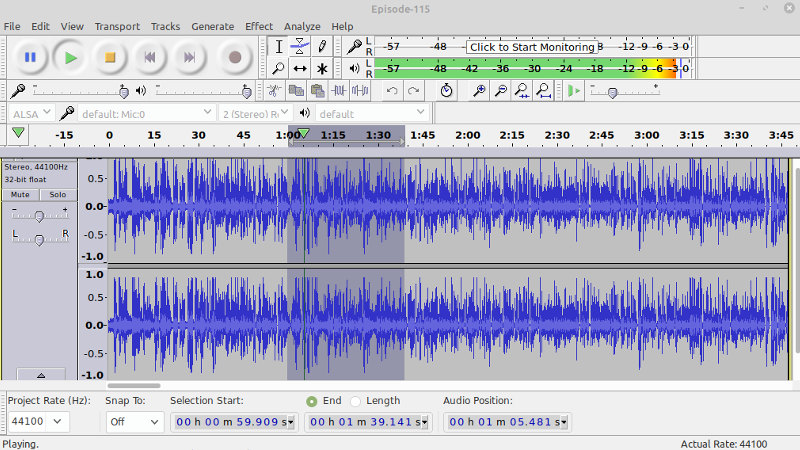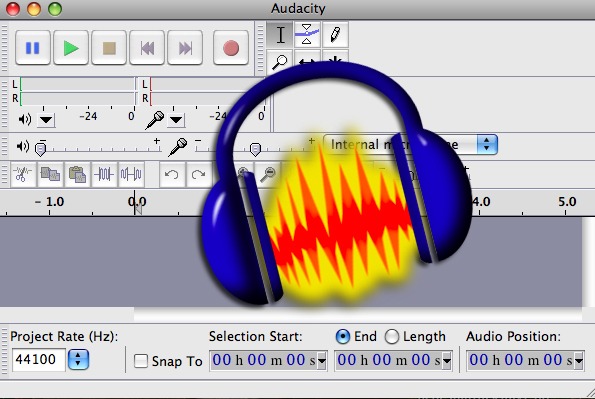

It offers multi-platform compatibility.


Audacity is intuitive and comfortable to use for editing and production of audio content (González et al., 2019), thanks to its controls that can be compared to those of a cassette recorder. For students, teachers, and researchers who are working on a small budget for their presentations, this would prove a practical solution. Possibly the top reason why one would want to use Audacity for editing audio is that it is a free software. There are several reasons that make Audacity a good option for audio editing.

Released on May 28, 2000, this platform has since become one of the most downloaded free audio editors on the market. Fortunately, there are tools such as Audacity that can help improve audio post-production.Īudacity is a free, open-source multi-track audio editor and recorder developed by Dominic Mazzoni and Roger Dannenberg. Not everyone has access to professional audio equipment. How to clean up audio files using Audacity?.How to Use Audacity Clean Up Audio Table of Contents Ultimately, the purpose of this article is to guide readers on how to clean up audio files using the said tool. It will also discuss how Audacity, a free sound quality improver, can be used to create high-quality audio for elearning courses and other academic audio-visual materials. This article aims to shed light on the importance of audio quality in terms of ensuring that audiences perceive audio or audio-visual material as reliable and convincing. This is because audio quality can usually make or break the success of a material, no matter how substantial the presented content may be. Besides presenting vital information and content, these media forms need good audio. Researchers, educators, and students widely use audio-visual materials for making presentations and lectures.


 0 kommentar(er)
0 kommentar(er)
